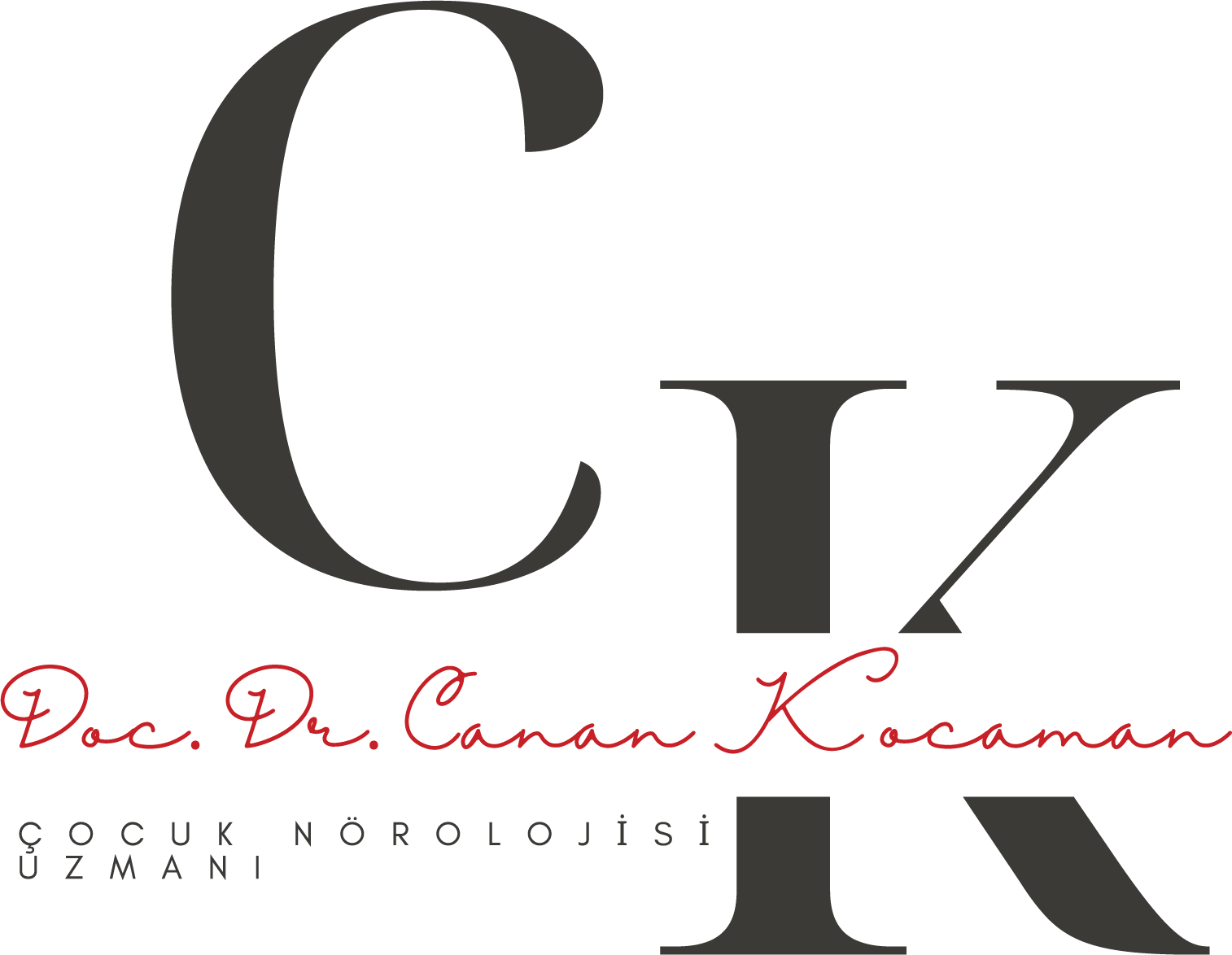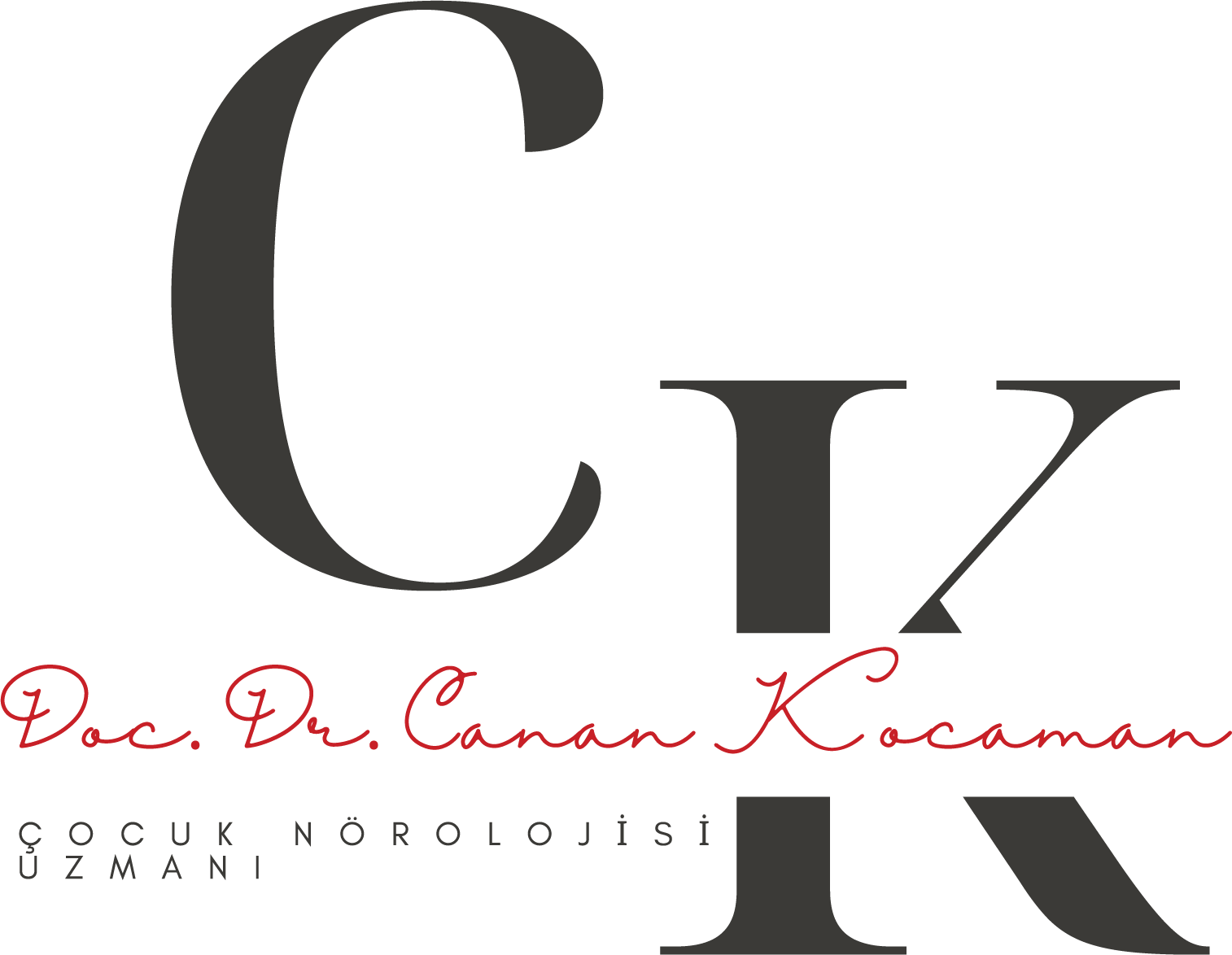The high-risk group includes all premature babies born under 37 weeks of gestation. In addition, all newborn babies with a history of difficult delivery, asphyxia at birth, being on a ventilator in intensive care for various reasons, undergoing blood exchange due to high jaundice, seizures, meningitis, brain hemorrhage, hydrocephalus, low blood sugar (hypoglycemia) require close neurological follow-up.
Diagnosis Process
The main goal in monitoring high-risk babies is to detect neurological problems at the earliest possible stage, to take precautions and to ensure that the baby achieves normal neurological development. For this purpose, detailed neurologic evaluation of high-risk babies is performed, recommendations are given to support development, and preventive home exercises and physiotherapy can be applied to eliminate the detected problems.
With early diagnosis and prevention, favorable results can be obtained in neurological problems of high-risk babies. In the first two years of life, the corrected age of preterm babies is calculated and their development is evaluated accordingly. In follow-up, neurological examinations are routinely recommended every three months in the first year of life (once a month in high-risk babies), every six months between 1-3 years of age, and annually after 3 years of age. At school age, follow-up is necessary until academic success is observed.




